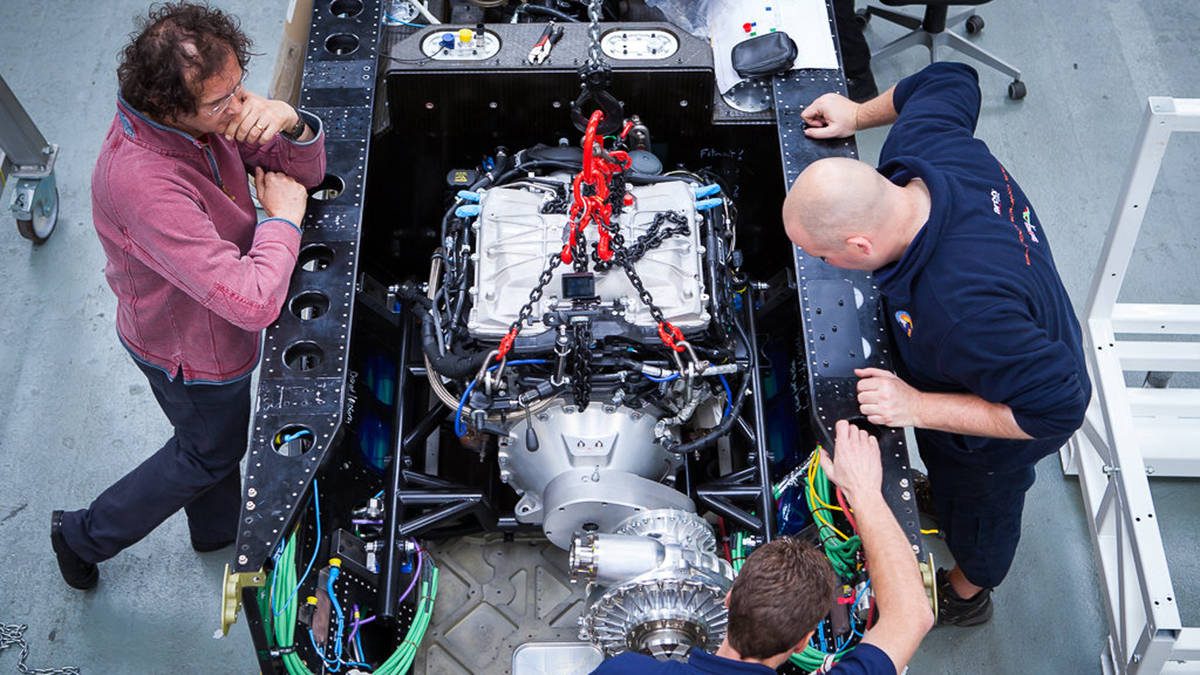- 1,970

- United Kingdom
They have to use a V8 from Jaguar just to pump the rocket fuel.
Holy 🤬.
Crazy, right?
It was originally an F1 Cosworth V8 engine, but that option became redundant when they left F1. The Jaguar V8 actually serves the purpose better due to having no holes in its torque curve and therefore, no loss of performance.
It has to sit next to the High Test Peroxide tank, but in order to prevent heat transfer to the HTP and in turn prevent an explosion, the engine’s exhaust has a ceramic coating which can reduce its surface temperature by at least 30%.





